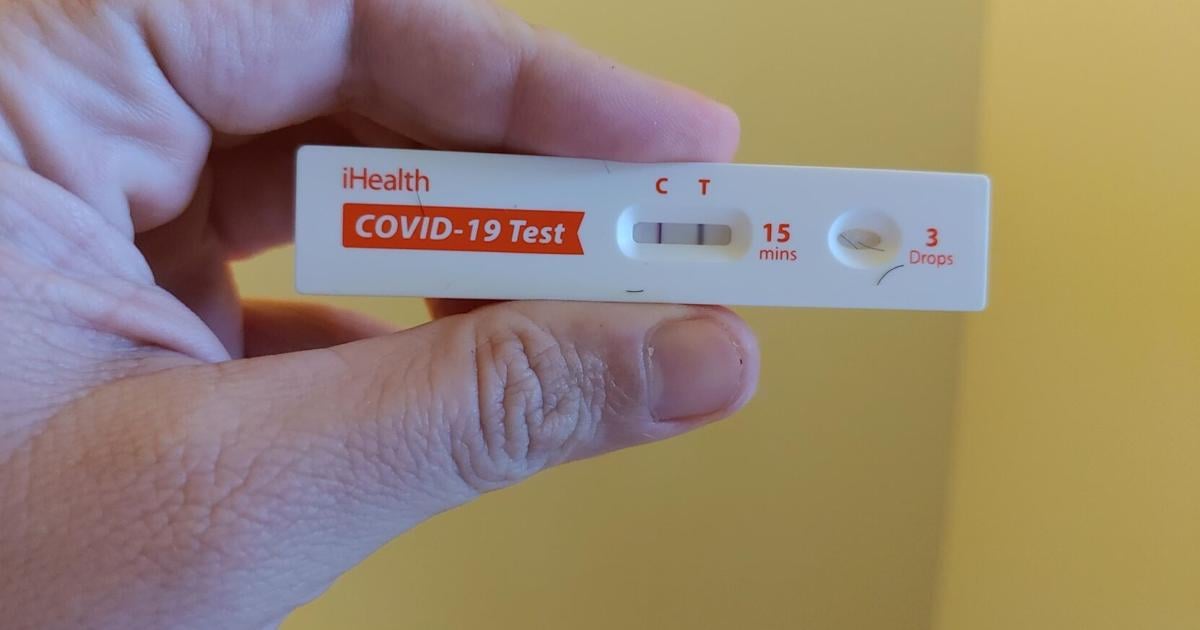Your eyes are more than organs of sight; they are often the first place your body shows warning signs of serious health issues. Eye specialists emphasize that conditions like diabetes, high blood pressure, high cholesterol, and even certain cancers can be detected early through a comprehensive eye exam. These changes are usually invisible to the patient but can be identified by trained professionals using advanced imaging tools. Detecting these early signs allows timely intervention, protecting both vision and overall health, and sometimes even saving lives.
Eye signs that unmask systemic diseases
The eyes offer a unique, non-invasive window into the body’s overall health. A 2024 review in Frontiers in Medicine highlights that multiple systemic diseases, ranging from diabetes and hypertension to cholesterol disorders, autoimmune conditions, and cancers, often manifest subtle signs in the eyes before other symptoms appear. Retinal blood vessels, for instance, can reveal early vascular problems since they are directly observable, unlike most internal blood vessels. Eye care professionals trained to recognize narrowing, deposits, or abnormal pigmentation in the retina are often the first to identify these risks. Regular eye exams therefore provide critical early warning signals that support broader disease prevention and management.
Diabetes: detected years before other symptoms
Diabetes is often dubbed the silent disease because it can cause organ and tissue damage long before noticeable symptoms appear. According to the National Eye Institute of the US, diabetic retinopathy is one of the earliest detectable complications. High blood sugar damages the tiny blood vessels in the retina, causing swelling, leakage, or abnormal vessel growth. Studies, including a 2025 Medscape review, show these retinal changes can precede classic diabetic symptoms and even blood test diagnosis. Early detection through routine eye screenings is essential, particularly for people with risk factors like obesity or a family history of diabetes. Timely intervention can prevent vision loss and reduce the risk of serious complications associated with prolonged high blood sugar.
High blood pressure and high cholesterol visible in the eyes
High blood pressure and high cholesterol often develop silently, causing serious health risks without obvious symptoms. The eyes, however, can reveal early signs before complications arise. Hypertensive retinopathy, caused by prolonged high blood pressure, damages tiny retinal vessels, leading to narrowing, thickening, or bleeding. Similarly, high cholesterol may manifest as yellow deposits on the eyelids (xanthelasma) or cholesterol plaques inside retinal vessels, known as Hollenhorst plaques. The Frontiers in Medicine review and expert insights from clinics like Heart of Texas Eye Care emphasize that detecting these subtle eye changes early can prompt lifestyle or medical interventions that reduce the risk of heart attacks, strokes, and vascular complications.
Cancer and neurological diseases can be spotted too
The eyes may also provide early warning signs for certain cancers and neurological disorders. Eye cancers, such as retinoblastoma or ocular melanoma, may first appear as abnormal pigment changes or lesions in the retina. Additionally, systemic cancers sometimes metastasize to the eyes, and subtle retinal pigment abnormalities, such as patterns resembling a bear’s paw, have been linked to colon cancer. Neurological conditions, including multiple sclerosis and brain tumors, can cause early symptoms like double vision, unequal pupil responses, or sudden reading difficulties. Research shows that visual field testing and detailed eye exams can identify these issues before patients notice significant symptoms, highlighting the critical role of the eye in early detection.
Glaucoma and other silent threats detected early
Glaucoma, often called the silent thief of sight, progresses without obvious symptoms until irreversible vision loss occurs. The disease develops when intraocular pressure rises, damaging the optic nerve. A 2019 study noted that systemic factors like age, hypertension, and high cholesterol may increase glaucoma risk. Normotensive glaucoma, where eye pressure remains normal, may result from low blood pressure or conditions like sleep apnea. Early detection through eye exams, including optic nerve evaluation and pressure measurements, allows timely treatment, often preventing permanent vision loss. This reinforces why glaucoma screenings are a key part of routine eye care.
Why regular eye exams matter
A 2024 review in Frontiers in Medicine confirms that comprehensive eye exams serve as a frontline tool for detecting hidden health risks. Routine eye care does more than preserve vision; it can uncover early signs of diabetes, hypertension, high cholesterol, cancer, and neurological disorders. Eye specialists are often the first to detect subtle changes that other tests might miss. By scheduling regular exams, patients can identify silent threats early, receive timely treatment, and take proactive steps toward maintaining both eye and overall health. Your eyes can truly be a window into your body’s hidden health story.Disclaimer: This article is for informational purposes only and does not constitute medical advice. Always consult a qualified healthcare professional before making any changes to your health routine or treatment.


